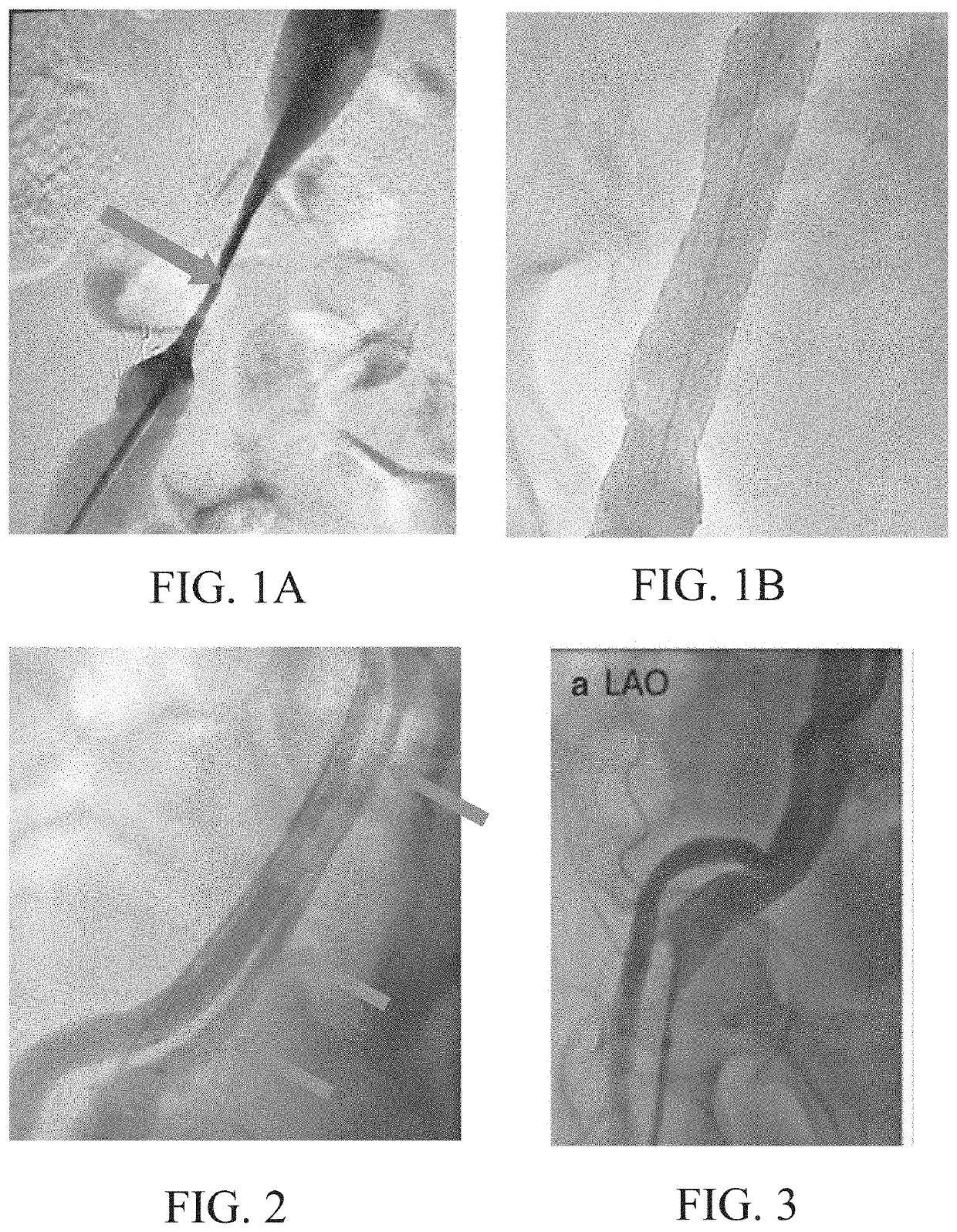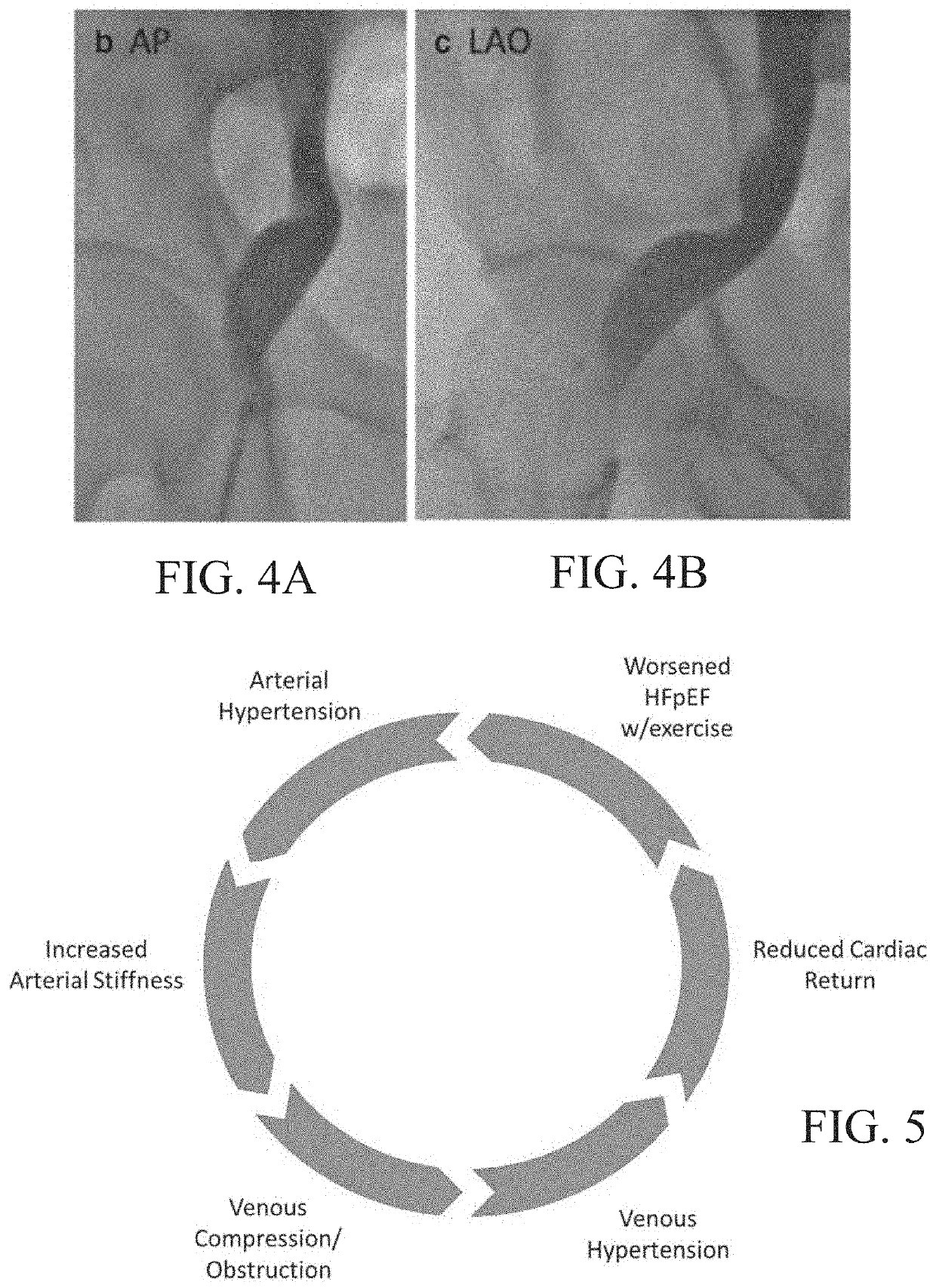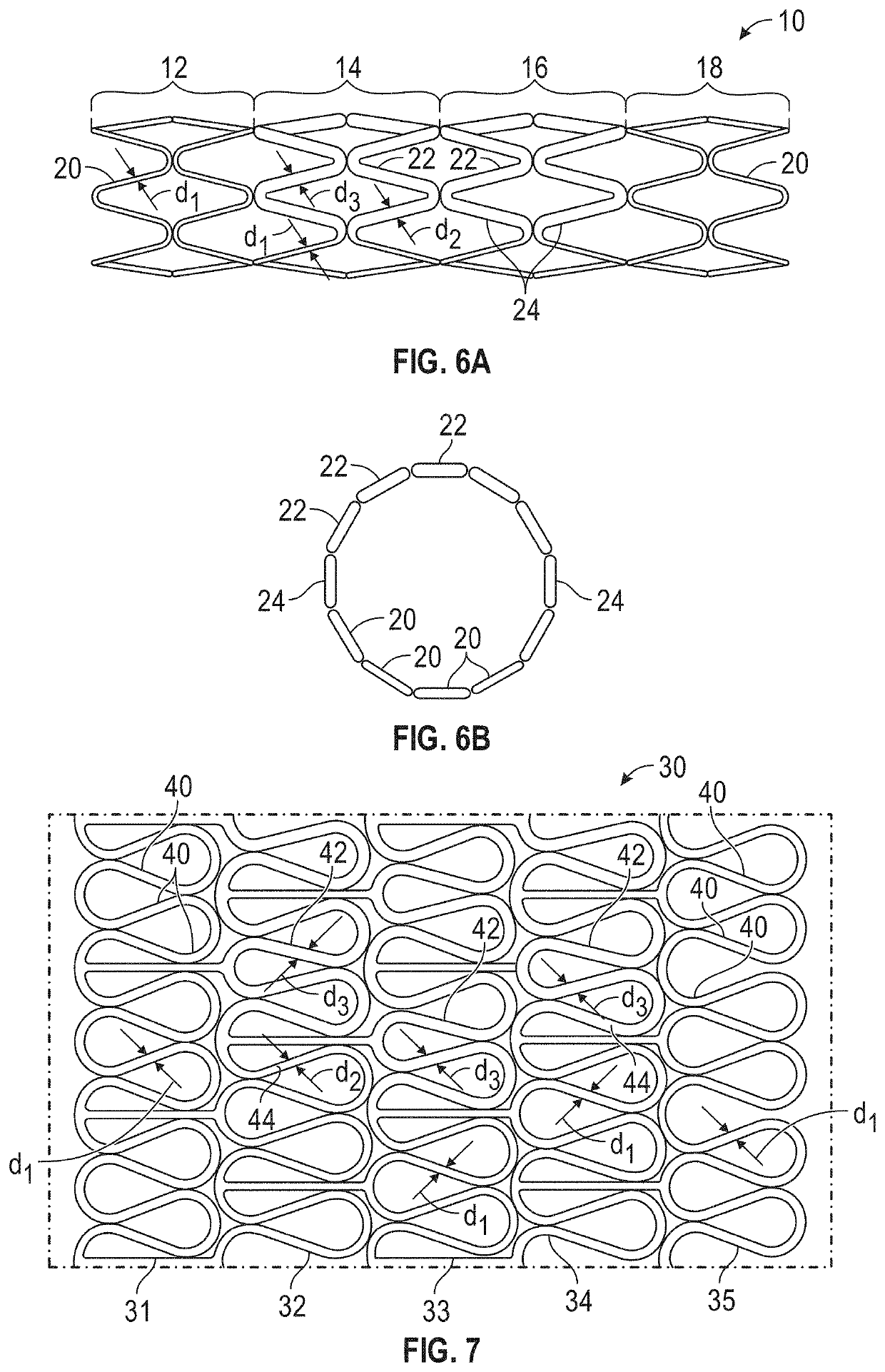Apparatus and methods for treating venous compression/obstruction syndromes
a technology of venous compression and obstruction syndrome, applied in the field of apparatus and methods for treating venous compression/obstruction syndrome, can solve the problems of reduced increased systolic pressure, etc., to reduce arterial compliance, reduce blood return to the heart, and reduce oxygenation in the lungs
- Summary
- Abstract
- Description
- Claims
- Application Information
AI Technical Summary
Benefits of technology
Problems solved by technology
Method used
Image
Examples
Embodiment Construction
[0029]Apparatus and methods of the present invention are designed to reduce or eliminate extrinsic compression / obstruction of the iliac veins, which is hypothesized to result in or contribute to a number of cardiovascular syndromes including hypertension, ISH, HFpEF, MTS and dyspnea. The foregoing syndromes may arise or be exacerbated by venous compression caused by a variety of anatomical conditions, such as an artery overlying a patient's iliac vein, due to exercise, an overriding ligament or bone, or an acquired complication such as uterine fibroids. For example, it is expected that due to age-related reduction in arterial compliance, an overlying artery may result in persistent compression of a patient's iliac vein, which may reduce venous return to the heart and in turn, reduce blood flow to and oxygenation in the lungs. These effects may in turn cause the left heart to work harder to maintain sufficient blood pressure and increase venous pressure in the extremities, thereby co...
PUM
 Login to View More
Login to View More Abstract
Description
Claims
Application Information
 Login to View More
Login to View More - R&D
- Intellectual Property
- Life Sciences
- Materials
- Tech Scout
- Unparalleled Data Quality
- Higher Quality Content
- 60% Fewer Hallucinations
Browse by: Latest US Patents, China's latest patents, Technical Efficacy Thesaurus, Application Domain, Technology Topic, Popular Technical Reports.
© 2025 PatSnap. All rights reserved.Legal|Privacy policy|Modern Slavery Act Transparency Statement|Sitemap|About US| Contact US: help@patsnap.com



